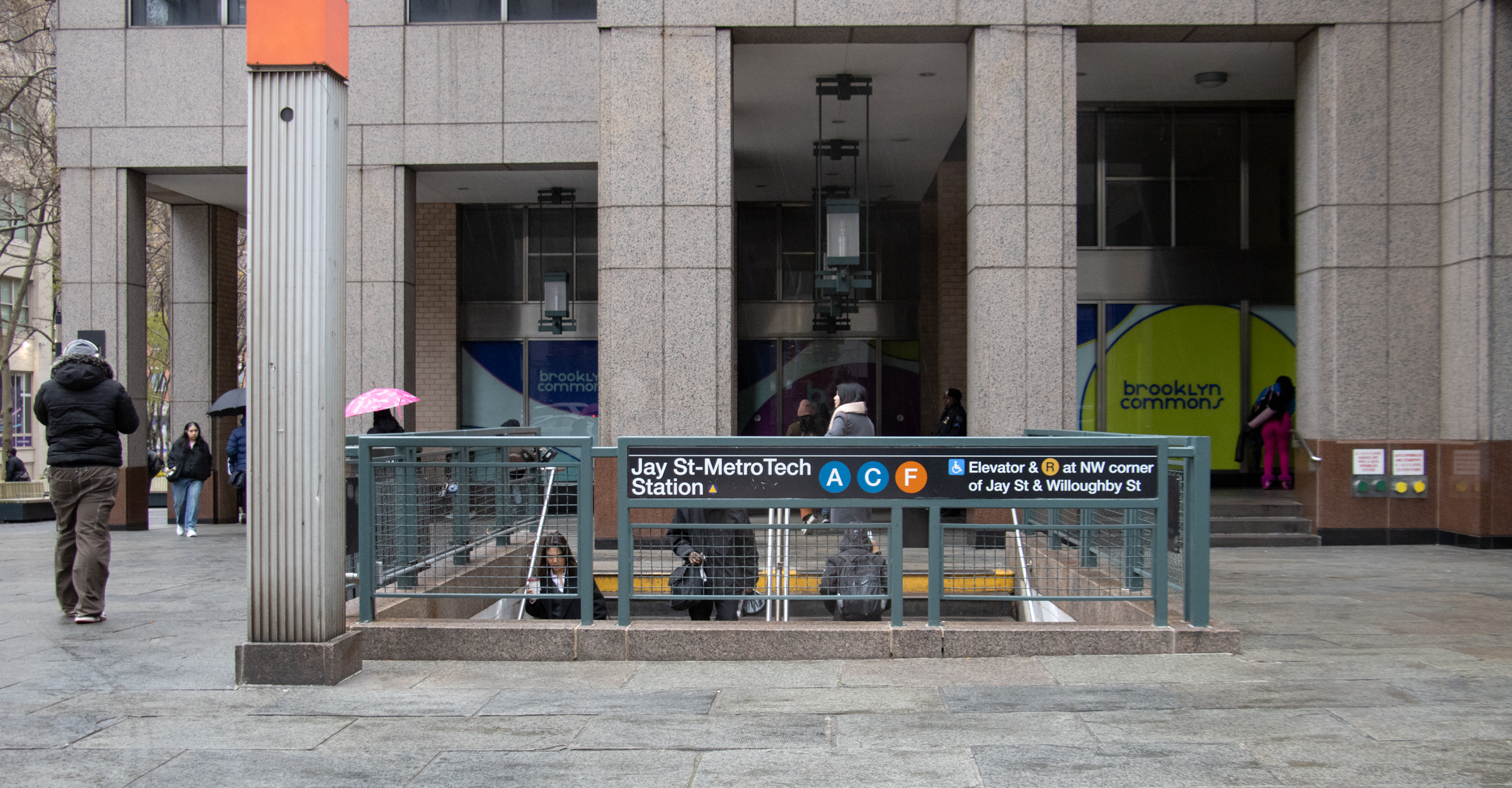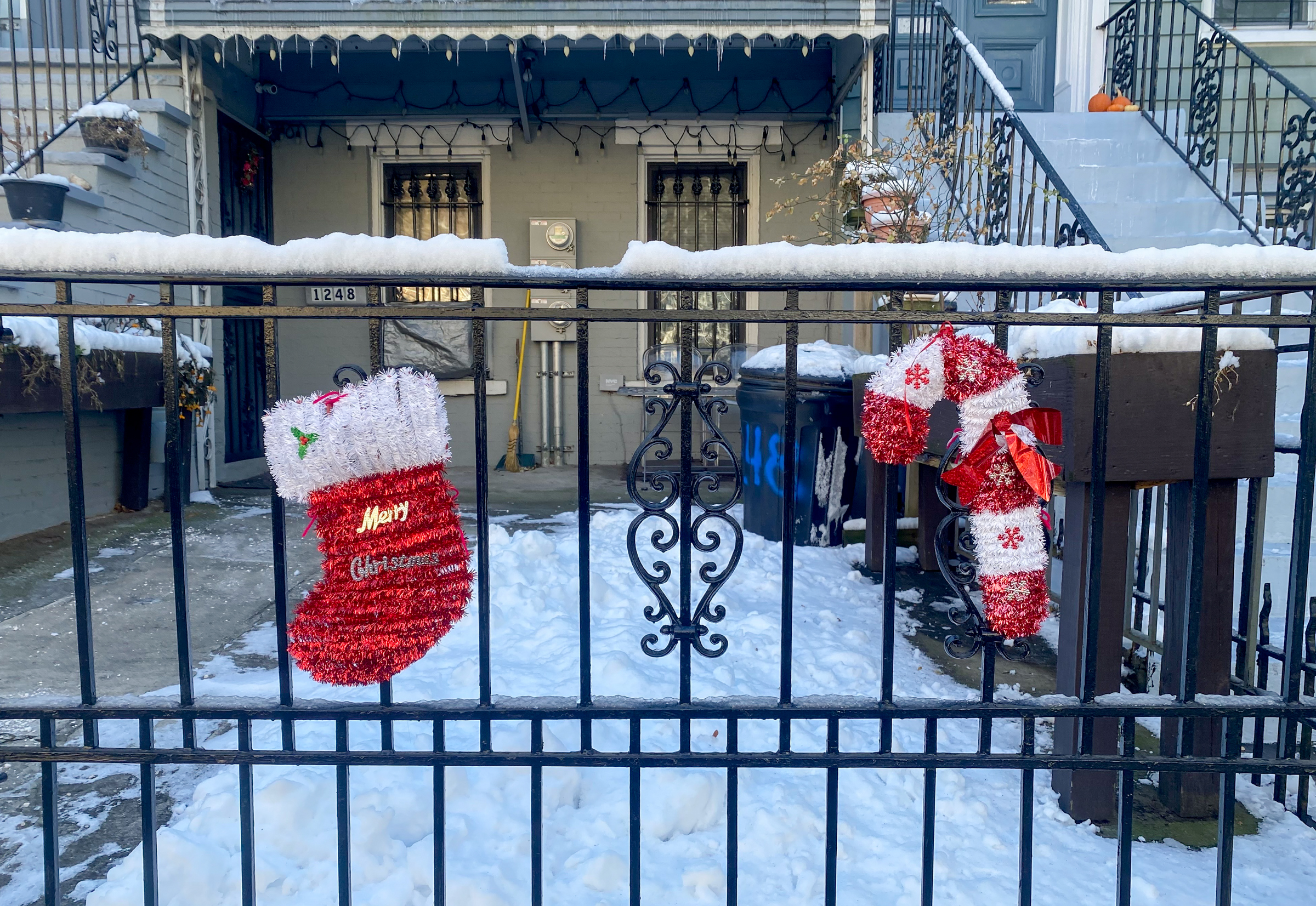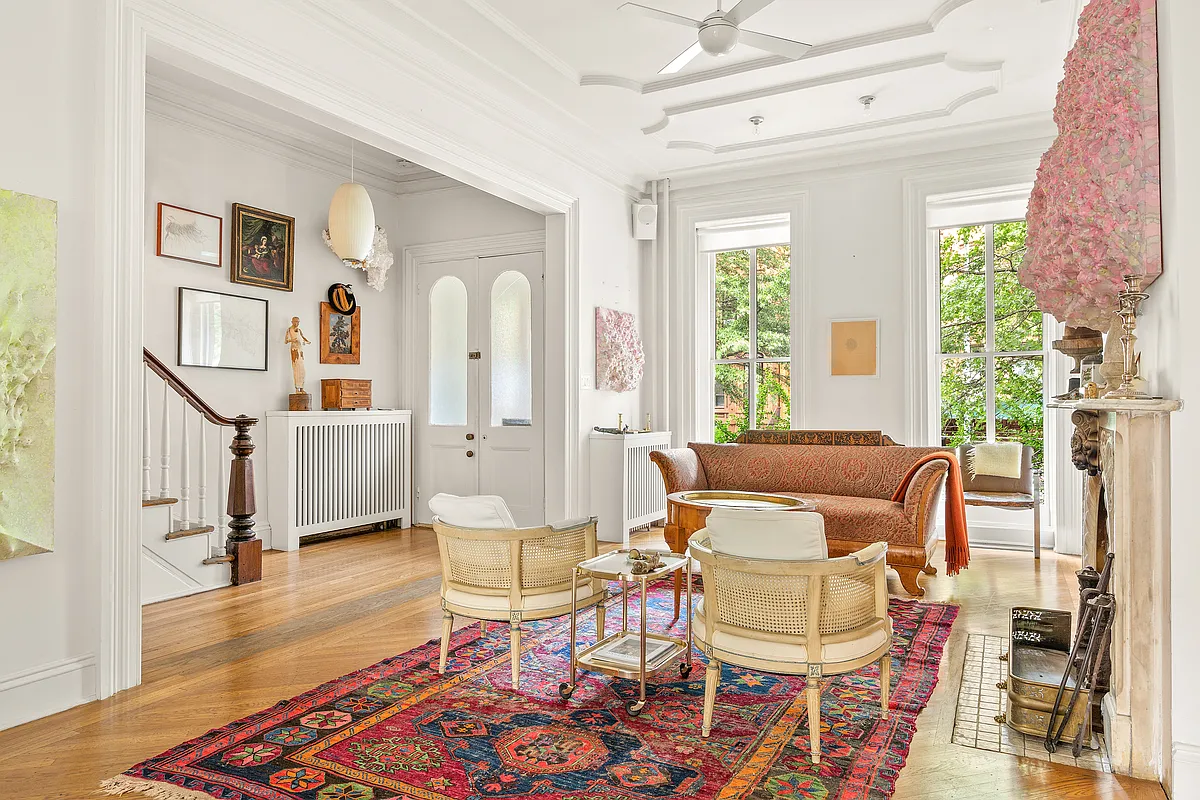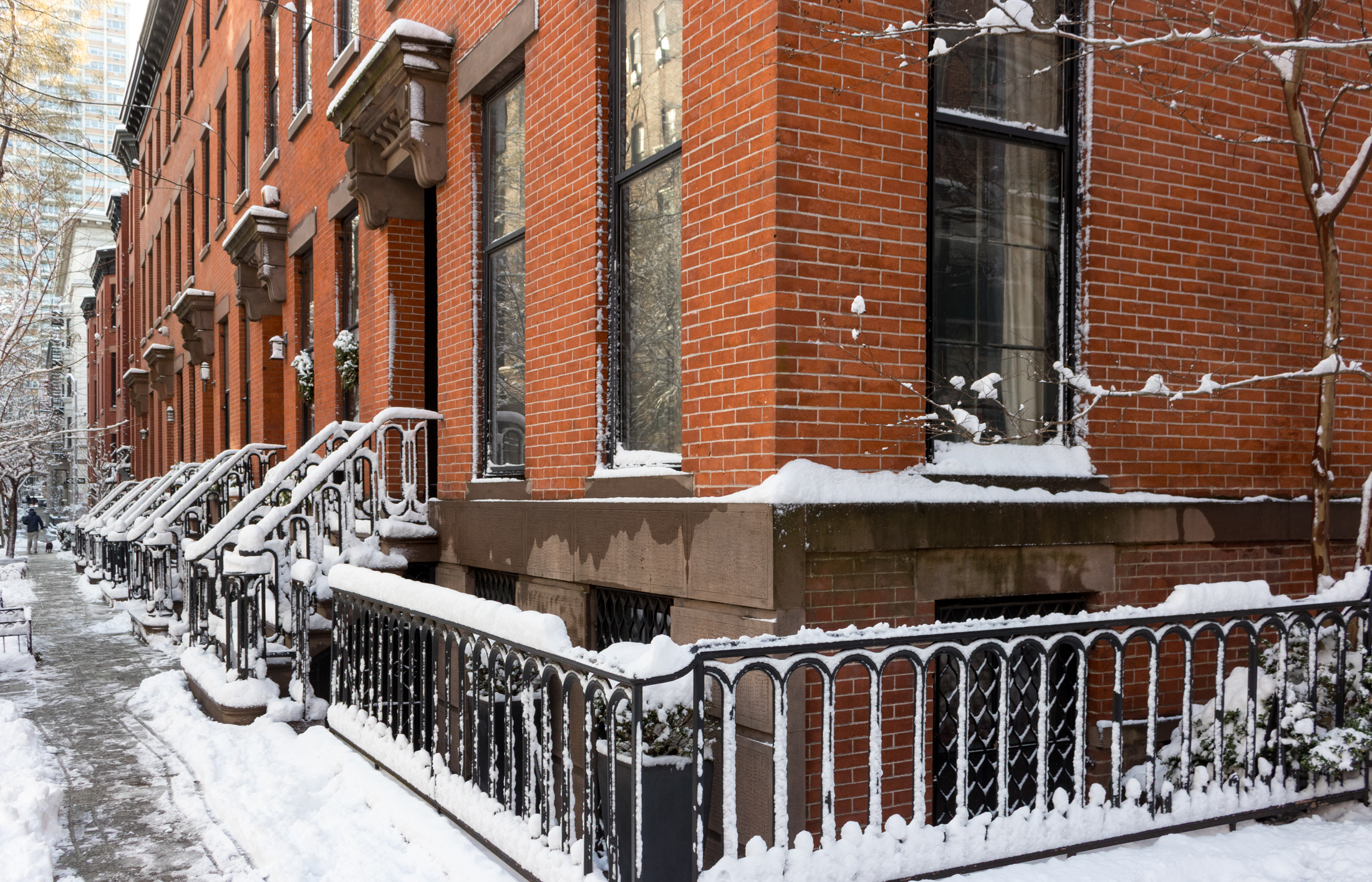Inside Third & Bond: Week 12
This week, the development bloggers at the Hudson Companies discuss the importance of comps, i.e. sales prices of comparable properties, and reveal which projects in the area they think are the closest match to their own townhouse condo project in Gowanus. We know there are a lot of real estate voyeurs reading Brownstoner; people who…

This week, the development bloggers at the Hudson Companies discuss the importance of comps, i.e. sales prices of comparable properties, and reveal which projects in the area they think are the closest match to their own townhouse condo project in Gowanus.
 We know there are a lot of real estate voyeurs reading Brownstoner; people who aren’t professionally involved in real estate and who possibly don’t even own property but are still obsessed with the goings-on. We’ve seen you lurking at the open houses around Carroll Gardens and Park Slope. It’s okay, you’ve seen us, too. Like you, we’re nagging brokers about flooring type and the cost of storage units but then walk out the door without so much as taking a business card. Occasionally we introduce ourselves but more often we go incognito so that we get better attention and the more typical sales pitch. To keep from spilling our developer secrets from suspicious brokers we’ll invent personas, like the trust fund artist (read: wearing jeans on a weekday), the husband-wife team (read: two co-workers), or simply the confused buyer (read: want to see all units). The confused buyer is the one that thinks s/he wants a studio, then asks to see a one bedroom…finally pondering aloud that I just might want to live with a roommate. This one goes over more smoothly when not wearing a wedding ring. Why do we do this? It’s a fun hobby but more to the point, we always need to be tracking market comparables a.k.a. comps.
We know there are a lot of real estate voyeurs reading Brownstoner; people who aren’t professionally involved in real estate and who possibly don’t even own property but are still obsessed with the goings-on. We’ve seen you lurking at the open houses around Carroll Gardens and Park Slope. It’s okay, you’ve seen us, too. Like you, we’re nagging brokers about flooring type and the cost of storage units but then walk out the door without so much as taking a business card. Occasionally we introduce ourselves but more often we go incognito so that we get better attention and the more typical sales pitch. To keep from spilling our developer secrets from suspicious brokers we’ll invent personas, like the trust fund artist (read: wearing jeans on a weekday), the husband-wife team (read: two co-workers), or simply the confused buyer (read: want to see all units). The confused buyer is the one that thinks s/he wants a studio, then asks to see a one bedroom…finally pondering aloud that I just might want to live with a roommate. This one goes over more smoothly when not wearing a wedding ring. Why do we do this? It’s a fun hobby but more to the point, we always need to be tracking market comparables a.k.a. comps.
Comps are critical from the beginning to the end of the project. Initially, we look at comps to see what is selling in the market and for how much. This information helps us set our offer for a site. During the design process, we use comps to talk about what demographic to design to how many bedrooms are they looking for? Will they pay extra for a roof cabana? Banks like to see comps when loaning money for construction they want to be convinced that we’ll sell at the targeted price (or better) so that they will be paid back quickly. You can’t get a loan without an appraisal, and all appraisals using the sales approach need to analyze comps for their valuation (as opposed to the replacement cost approach or income-production approach). At the end of the project, buyers are using comps to determine which project should be their new home and/or investment.
For comps to be good, they need to be recent (6 months to a year is best), from a similar neighborhood, and ideally should be for similar projects. A single family house or a 17-story elevator building are not the best comps for Third & Bond, though information on sales is still useful. Likewise, projects similar in size, amenities, and finishes that are located outside of Carroll Gardens & Gowanus, but in a similar type of neighborhood (e.g., access to transit and type of retail) could be a good comp.
For Third & Bond, we’re primarily looking at Carroll Gardens, Gowanus, Boerum Hill, and Park Slope for residences that have sold within the last year or are for sale now. These are the brownstone Brooklyn neighborhoods that are most similar and in closest geographic proximity. Here are a sampling of a few projects in these neighborhoods that we think make good comps:
L3
191-193 Luquer Street
 The most applicable project is probably L3. The project consists of two new construction buildings flanking the conversion of a former convent. L3 has 18′ wide townhouses as well as floor-through units, most with private outdoor space. There was tremendous demand for the 850-square foot, 2-bedroom, 1-bath apartments priced around $750,000. L3 sold its 12 units at a $750/SF average. One of the duplexes that closed a year ago at $1.075 million, resold this summer for $1.53 million. We like this comp because we think the design and finishes for our project are similar and L3 did very well. We also think our site is better since it is closer to the subway. The problem with this comp is that, except for the resale, it is getting old.
The most applicable project is probably L3. The project consists of two new construction buildings flanking the conversion of a former convent. L3 has 18′ wide townhouses as well as floor-through units, most with private outdoor space. There was tremendous demand for the 850-square foot, 2-bedroom, 1-bath apartments priced around $750,000. L3 sold its 12 units at a $750/SF average. One of the duplexes that closed a year ago at $1.075 million, resold this summer for $1.53 million. We like this comp because we think the design and finishes for our project are similar and L3 did very well. We also think our site is better since it is closer to the subway. The problem with this comp is that, except for the resale, it is getting old.
321 Union
 All eight units of this condo project are currently under contract with occupancy slated for this autumn. Like L3, 321 Union seeks to nestle modern design within a traditional brownstone streetscape. The project boasts finishes such as custom beech cabinetry, Caesarstone kitchen countertops and Toto bathroom fixtures. All of the units have central air and washers/dryers. Most units have private outdoor space. Last time we checked, the average contracted sales price was $787/SF.
All eight units of this condo project are currently under contract with occupancy slated for this autumn. Like L3, 321 Union seeks to nestle modern design within a traditional brownstone streetscape. The project boasts finishes such as custom beech cabinetry, Caesarstone kitchen countertops and Toto bathroom fixtures. All of the units have central air and washers/dryers. Most units have private outdoor space. Last time we checked, the average contracted sales price was $787/SF.
The NoVo
343 Fourth Avenue
 This 113-unit, 12-story project is one of the first new condo projects along Fourth Avenue on the edge of Park Slope. The NoVo is being marketed as luxury living unlike any other options in Park Slope, but it is much like the projects going up in Downtown Brooklyn and elsewhere: interiors by Andres Escobar, concierge, common lounge, children’s playroom, and on-site parking. The NoVo is adjacent to a small neighborhood park with a dog run and basketball courts and is just a block from Park Slope’s Fifth Ave. But, the NoVo is twice as far from any subway lines as our site and the master baths only have one sink!! A look at about 30 recent contracted sales indicates an average sales price of $778/SF. The NoVo is a questionable comp because the project types are so different the scale of the project and amenities offered. Still, it is only a few blocks away and represents a real option for buyers.
This 113-unit, 12-story project is one of the first new condo projects along Fourth Avenue on the edge of Park Slope. The NoVo is being marketed as luxury living unlike any other options in Park Slope, but it is much like the projects going up in Downtown Brooklyn and elsewhere: interiors by Andres Escobar, concierge, common lounge, children’s playroom, and on-site parking. The NoVo is adjacent to a small neighborhood park with a dog run and basketball courts and is just a block from Park Slope’s Fifth Ave. But, the NoVo is twice as far from any subway lines as our site and the master baths only have one sink!! A look at about 30 recent contracted sales indicates an average sales price of $778/SF. The NoVo is a questionable comp because the project types are so different the scale of the project and amenities offered. Still, it is only a few blocks away and represents a real option for buyers.
We find comps by asking our brokers, reading Brownstoner, looking at ads in the Times, and searching websites like Streeteasy, PropertyShark, etc. We also use official public records like those found on Acris where all of NYC’s recorded closings are listed you just have to figure out the block and lot, which is easy enough using Oasis. There are more tools available and the information is getting far more transparent than ever before. Though much of our research can be done comfortably at our desks, there is still no replacement for the knowledge gotten by getting out and strolling the neighborhoods. We see open houses as opportunities to get a first-hand look at finishes and floor plans. Maybe we’ll being seeing you this weekend… until then, if you have comp suggestions for us, which we suspect you do, let us know in the comments.
Inside Third & Bond: Week 11 [Brownstoner]
Inside Third & Bond: Week 10 [Brownstoner]
Inside Third & Bond: Week 9 [Brownstoner]
Inside Third & Bond: Week 8 [Brownstoner]
Inside Third & Bond: Week 7 [Brownstoner]
Inside Third & Bond: Week 6 [Brownstoner]
Inside Third & Bond: Week 5 [Brownstoner]
Inside Third & Bond: Week 4 [Brownstoner]
Inside Third & Bond: Week 3 [Brownstoner]
Inside Third & Bond: Week 2 [Brownstoner]
Inside Third & Bond: Week 1 [Brownstoner]
From our lawyers: This is not an offering. No offering can be made until an offering plan is filed with the Department of Law of the State of New York.”





I find it interesting that the developers have not yet responded to any of the above comments from week 12.
Are you on vacation this weekend?
Some of the readers of this blog have pointed out extremely legitimate concerns on your project, and have questioned some of the claims you have made, and your lack of response makes me wonder if you can’t stand the heat anymore. Or if your lawyers advised you to not respond further.
Specifically:
1. It’s common knowledge that there is a brownfield nearby, because this has been well documented, and it is clearly marked on property shark maps. What about soil testing, ground water content and the air quality of your site? What steps were taken to ensure habitability? Does the state or city require you to take samples and is there a threshold that the numbers must come in under? Do you have to disclose any toxicity to potential buyers? You’ve got units that will have habitable spaces somewhat below grade, and we all know that the Gowanus is in a flood zone. What we don’t know is what type of work or industry previously occupied your building site over the last 150 years. I’m not sure that anyone, even geological experts, could know the full extent of what toxins may lay in the ground around this area.
This is a very serious matter, and I would hope that you have done everything in your power to know without a doubt that the site is safe for people to live there for many years. Would you personally be willing to live there and raise a family? Your reputations, both current and future, will be inextricably linked to this aspect of the project, in my opinion. Facades and fenestrations are one thing, but aren’t those concerns a bit silly when compared to the health of your buyers?
2. What about the subway distance claim you’ve made? If anything the Novo is closer to a subway than your project is. There is no way that 3rd/Bond is any closer.
3. How do you respond to the criticisms on the manner in which you conduct your “incognito” research at other developments to do comparitives?
4. Again, do stop work orders and subsequent downtime become factored in to the overall budget for the project, in the way that a car owner in nyc might increase annual budget expenses for unseen parking tickets? This question has been asked several times, and it seems to be a ubiquitous problem for all developers on all jobsites.
I admit I’m playing hardball, but hey, you decided to blog your project on a high visibility forum, so you really can’t be angry with us for asking tough questions.
Thanks in advance for your response. By the way, I think the facade renderings and floorplans look beautiful – but I also want to feel good about the safety of the future occupants. It is indeed your responsibility to protect those residents, is it not?
So what’s a wild three way with your two sinks like?
Guest 9:34, if you think two sinks in the master bath doesn’t matter, then you’re not getting laid very often.
The Propertyshark toxic sites map has a “Haz Waste Treat/Store/Dispose” symbol right across 3rd street from this development.
The block bound by 2nd St, Bond, 1st St and the canal is labeled “Brownfield.”
I’m very curious what sort of tests the developers here have performed.
What are the implications when you build on or near a brownfield? Soil testing is pretty much a requirement for developers. What can happen once the project is turned over to the buyers?
The reality is that 2 sinks doesn’t mean squat! How many projects have you done? If that’s what you are using to entice buyers maybe you shouldn’t be a developer or use a broker that know’s what the hell they are talking about.
A minor point. What is the deal with 2 sinks in the bathroom. Who uses the 5th and 6th burner on these new stoves. Once a week my spouse and I find ourselves brushing our teeth at the same time. We spit in the same sink.
the real estate agents and the developers are all lying threw there teeth, about what they are selling. In fact some of their BS claims boarder on criminality.
So who cares if a few people pretend to be perspective buyers. Who are they hurting? No one.
On the other hand the lies of the agents and developers will end up cost buyers dearly, down the road.
When they start locking up some of these agents and developers for the damage they are causing to peoples lives, then lets talk about the make believe buyers.
Third & Bond (starting at door closest to subway): 0.244 miles (NOT .3)
Novo (starting at edge closest to Union R): .322 miles. (starting at edge closest to Smith station): 0.221
Looks pretty much equidistant to me. What’s the difference in walking time for 0.04 versus 0.02? Probably takes longer to wait for the light to cross 4th Ave than the whole walk from Third & Bond to the Carroll F.
(Using Sue and Paul gmap pedometer, which tracks how people can actual walk.)
Also, F is not as good as the myriad of trains at Atlantic IF you don’t work on the F and IF you don’t mind waiting to switch trains.